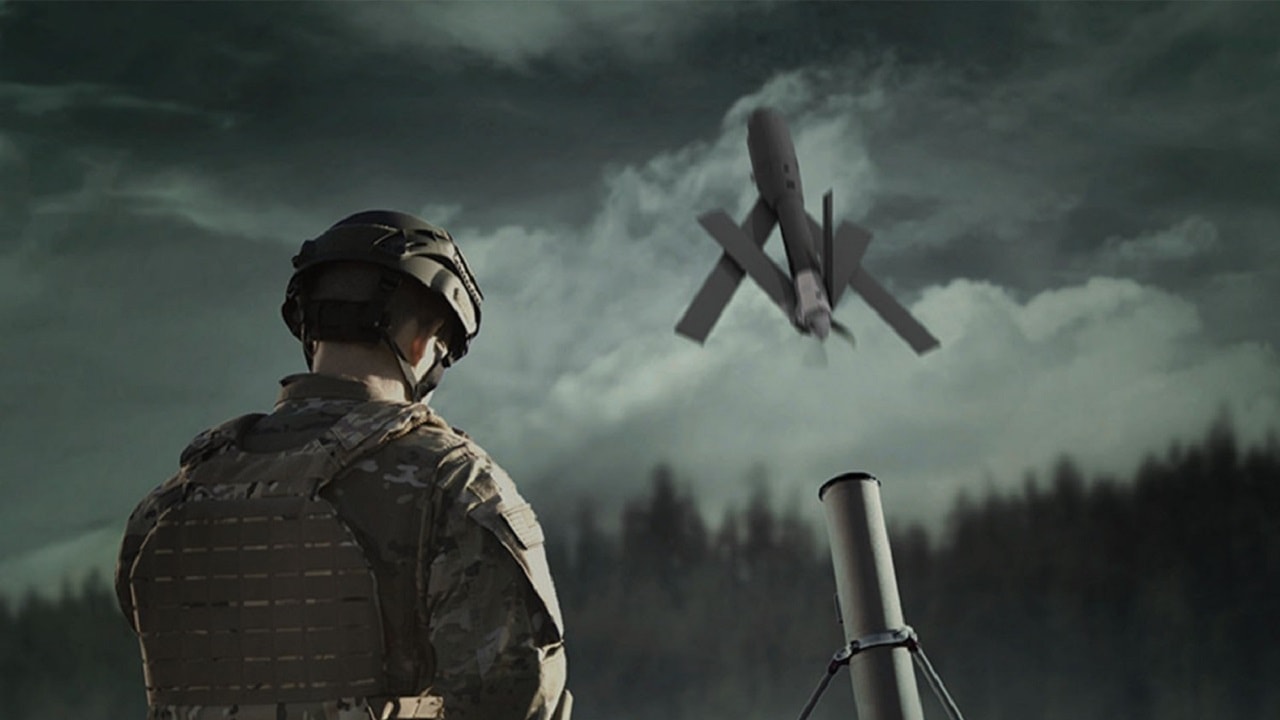Billions and billions of dollars of critical military aid have been sent to Ukraine to ensure Russia does not overrun the country. And yet, one piece of military hardware, the Phoenix Ghost, has not made a lot of media buzz like the TB2 and other drones. Why is that?
US military aid has been key to Ukraine’s effective defense against Russia’s renewed invasion. Most of those weapons have come from US military stocks, but some are coming straight from the design table. The Phoenix Ghost tactical unmanned aerial system is one of them.
The elusive Phoenix Ghost
In late April, the Pentagon announced it would send 121 Phoenix Ghost drones to Ukraine.
According to the Pentagon, the US Air Force had been working on the Phoenix Ghost well before Russian troops crossed the Ukrainian border on February 24. However, once the war started, the Pentagon decided that the drone would be well suited to the conflict in Ukraine and started adjusting its development to the Ukrainian military’s particular needs.
The limited information that the Pentagon has provided about the Phoenix Ghost suggests that it is a loitering munition designed for a single attack. Often launched by soldiers who are very close to the frontlines, loitering munitions are designed for relatively short flights that end with them crashing into their target.
In April, John Kirby, chief Pentagon spokesman at the time, said the Phoenix Ghost was “akin” to the Switchblade tactical unmanned aerial system that the US military started sending Ukraine in March.
The Switchblade-300 and -600 are loitering munitions for use against infantry and armored targets, respectively. They are “basically a one-way drone,” Kirby said at the time.
The Phoenix Ghost has optics and sensors but is “designed for tactical operations,” Kirby added. “In other words, largely and but not exclusively to attack targets.”
As of September, the Pentagon has sent some 700 Phoenix Ghost drones to Ukraine. However, despite the hundreds of drones in use in Ukraine and the world’s close observation of battlefields there, there have been few glimpses of the drone in action against Russian forces.
Billions in security aid
Thus far, the US military has sent or committed to sending Ukrainian forces four strategic or tactical unmanned aerial systems, each designed for different purposes.
Those drones are the AeroVironment RQ-20 Puma, a small UAV designed for tactical reconnaissance; the Switchblade, also made by AeroVironment; the Boeing Insitu Scan Eagle, a long-endurance, low-altitude drone; and the Phoenix Ghost, which was designed by Aevex Aerospace as part of a secretive US Air Force program.
All in all, the US military has committed to provide the Ukrainian military with about 2,000 drones to launch attacks and perform intelligence, surveillance, and reconnaissance missions.
The drones are just one part of a gargantuan US-led effort to improve Ukraine’s ability to defend itself following Russia’s 2014 attack. Since then, the US has committed more than $17.2 billion in security assistance to Ukraine.
Since the beginning of the Biden administration in January 2021, US security assistance to Ukraine has totaled more than $15.2 billion, and since Russia’s latest attack began on February 24, the US has provided some $14.5 billion in security assistance to Kyiv.
Those weapons and the training provided by the US and other countries have been pivotal to Ukraine’s remarkable defense.
Weapons like the FGM-148 Javelin anti-tank missile, the AGM-88 High-speed Anti-radiation missile, or the M142 High Mobility Artillery Rocket System have truly helped the Ukrainian military hold the line and steadily go on the counteroffensive.

Javelin Anti-Tank Weapon.
Concerns that providing Western-made weaponry to Ukraine could spark escalation with Russia appear to have eased, and the US is supplying more sophisticated weapons to the Ukrainians, though some weaponry, like fighter jets, has not yet been added to that list.
Stavros Atlamazoglou is a defense journalist specializing in special operations, a Hellenic Army veteran (national service with the 575th Marine Battalion and Army HQ), and a Johns Hopkins University graduate. He is currently working toward a master’s degree in strategy and cybersecurity at the Johns Hopkins School of Advanced International Studies (SAIS).

